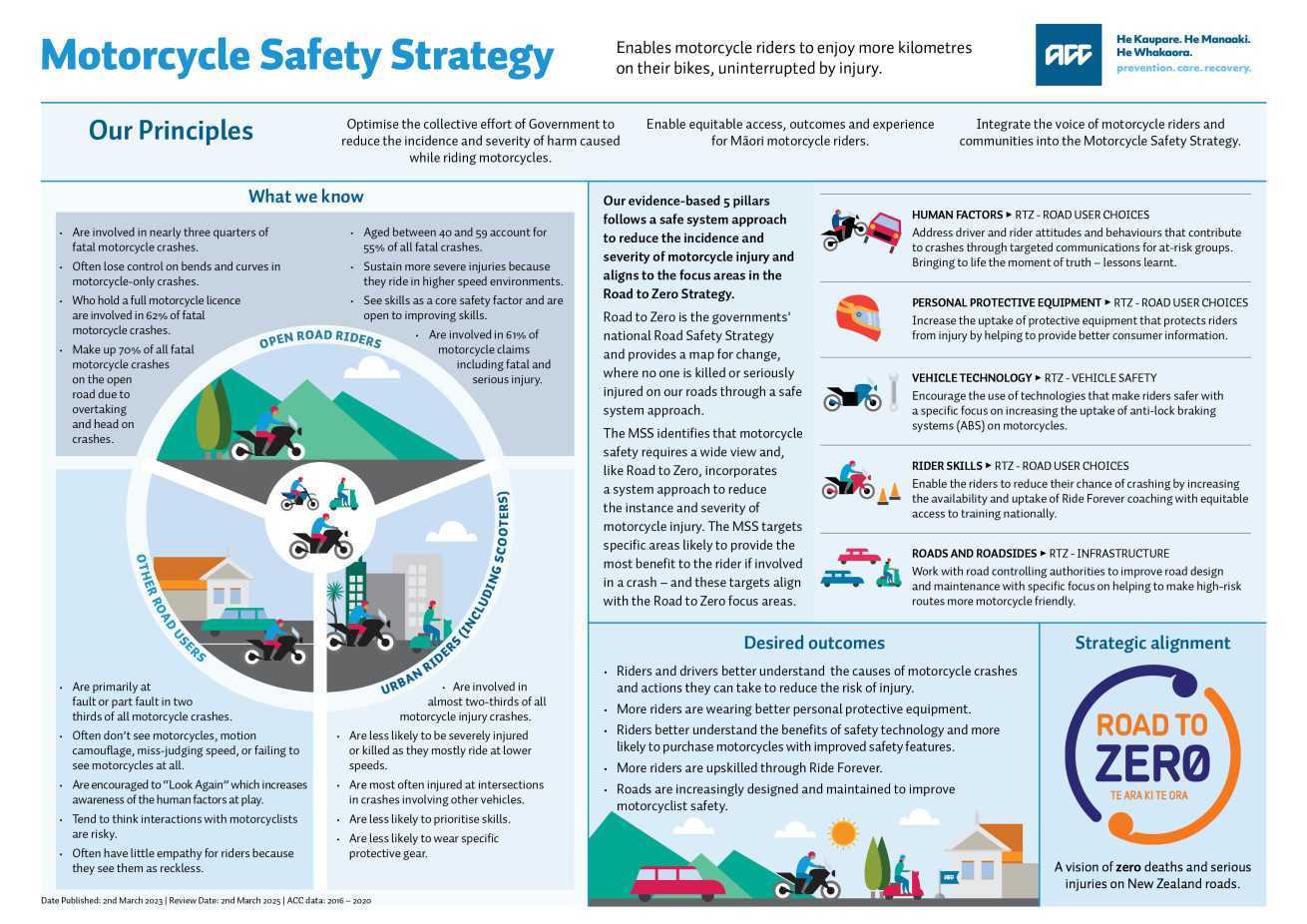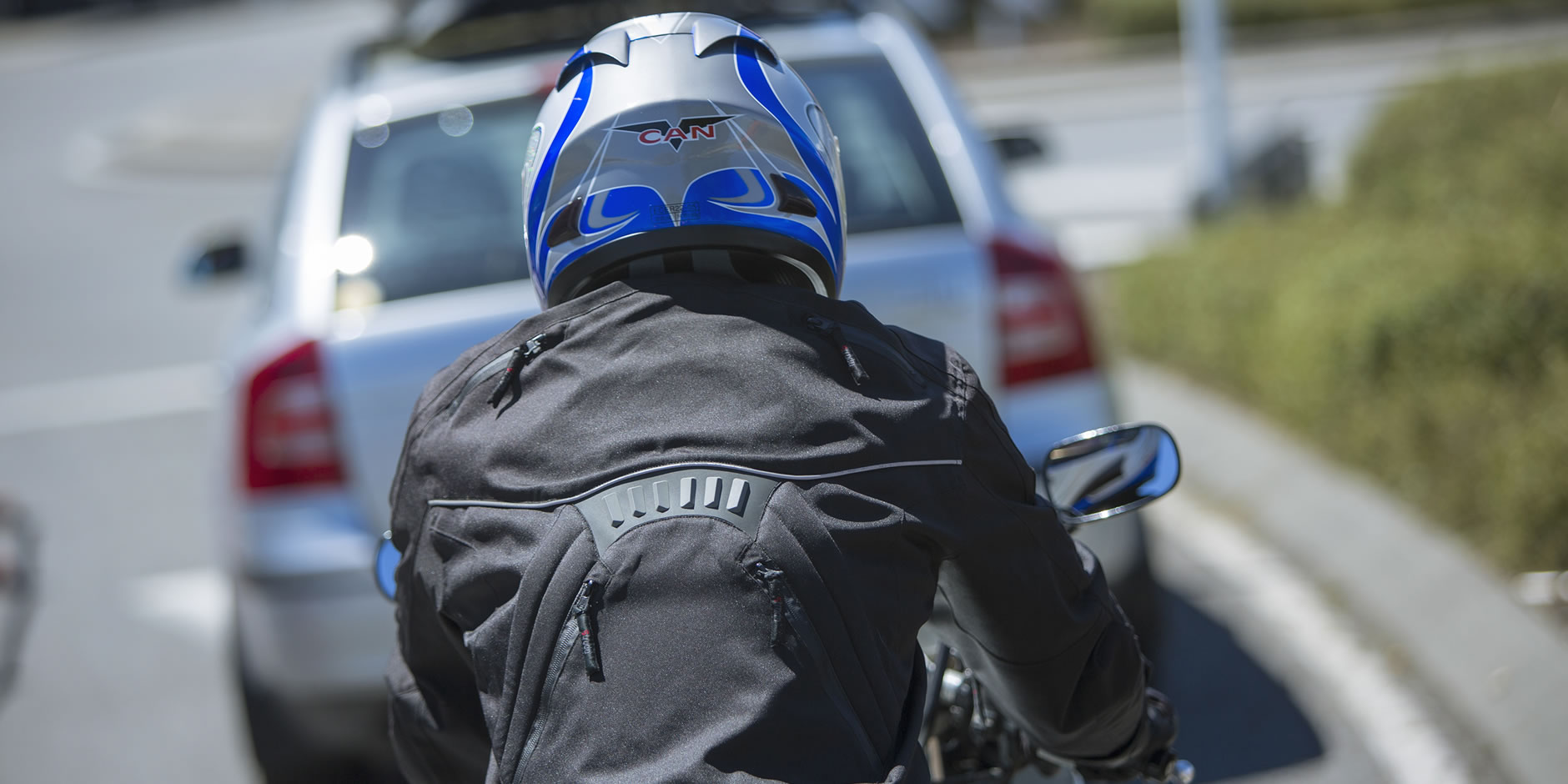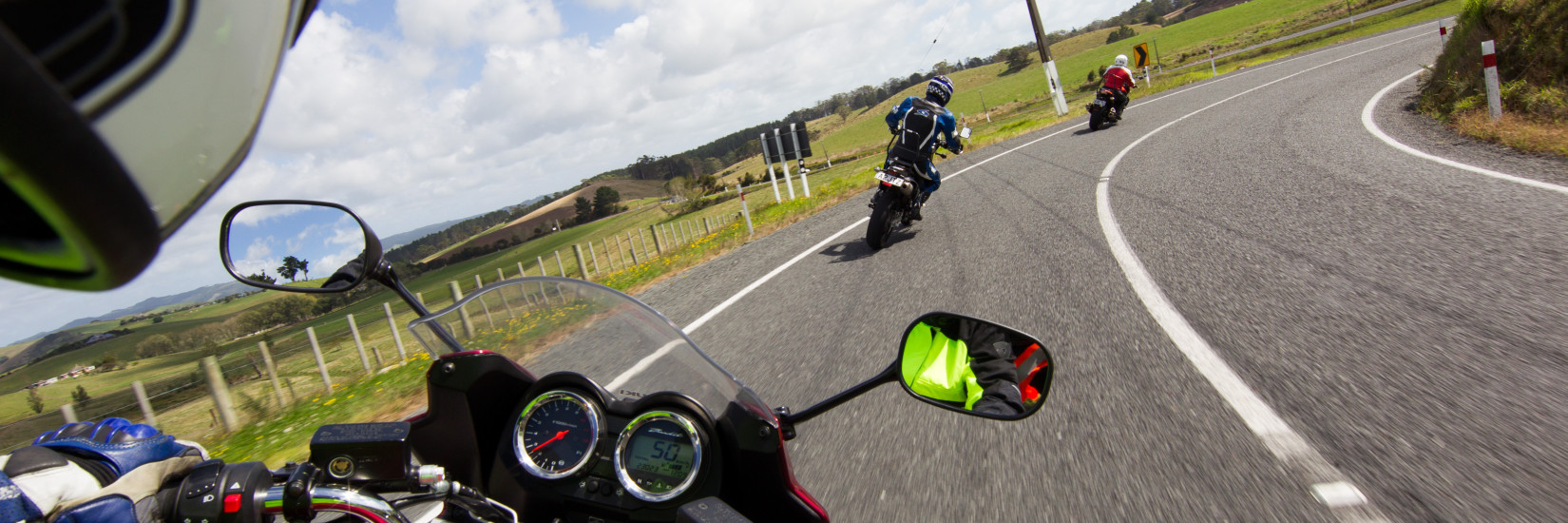Motorcycle Safety Strategy
The Motorcycle Safety Strategy aims to minimise the incidence and impact of motorcyclist injuries.
The Motorcycle Safety Strategy on a page
You can download or print the Motorcycle Safety Strategy illustration page. The content on this page is the text version of the illustration page.
Download or print the Motorcycle Safety Strategy illustration page

Motorcycle Safety Strategy
Enables motorcycle riders to enjoy more kilometres on their bikes, uninterrupted by injury.
Our Principles
Optimise the collective effort of Government to reduce the incidence and severity of harm caused while riding motorcycles.
Enable equitable access, outcomes and experience for Māori motorcycle riders.
Integrate the voice of motorcycle riders and communities into the Motorcycle Safety Strategy.
What we know
Open road riders
- Are involved in nearly three quarters of fatal motorcycle crashes.
- Often lose control on bends and curves in motorcycle-only crashes.
- Who hold a full motorcycle licence are involved in 62% of fatal motorcycle crashes.
- Make up 70% of all fatal crashes on the open road due to overtaking and head on crashes.
- Aged between 40 and 59 account for 55% of all fatal crashes.
- Sustain more severe injuries because they ride in higher speed environments.
- See skills as a core safety factor and are open to improving skills.
- Are involved in 61% of motorcycle claims including fatal and serious injury.
Urban riders (including scooters)
- Are involved in almost two-thirds of all motorcycle injury crashes.
- Are less likely to be severely injured or killed as they mostly ride at lower speeds.
- Are most often injured at intersections in crashes involving other vehicles.
- Are less likely to prioritise skills.
- Are less likely to wear specific protective gear.
Other road users
- Are primarily at fault or part fault in two thirds of all motorcycle crashes.
- Often don't see motorcycles, motion camouflage, miss-judging speed, or failing to see motorcycles at all.
- Are encouraged to "Look Again" which increases awareness of the human factors at play.
- Tend to think interactions with motorcyclists are risky.
- Often have little empathy for riders because they see them as reckless.
Our evidence-based 5 pillars follows a safe system approach to reduce the incidence and severity of motorcycle injury and aligns to the focus areas in the Road to Zero Strategy.
Road to Zero is the governments' national Road Safety Strategy and provides a map for change, where no one is killed or seriously injured on our roads through a safe system approach.
The MSS identifies that motorcycle safety requires a wide view and, like Road to Zero, incorporates a system approach to reduce the instance and severity of motorcycle injury. The MSS targets specific areas likely to provide the most benefit to the rider if involved in a crash - and these targets align with the Road to Zero focus area,
Human factors - RTZ (road user choices)
Address driver and rider attitudes and behaviours that contribute to crashes through targeted communications for at-risk groups. Bringing to life the moment of truth - lessons learnt.
Personal protective equipment - RTZ (road user choices)
Increase the uptake of protective equipment that protects riders from injury by helping to provide better consumer information.
Vehicle technology - RTZ (vehicle safety)
Encourage the use of technologies that make riders safer with a specific focus on increasing the uptake of anti-lock braking systems (ABS) on motorcycles.
Rider skills - RTZ (road user choices)
Enable the riders to reduce their chance of crashing by increasing the availability and uptake of Ride Forever coaching with equitable access to training nationally.
Roads and roadsides - RTZ (infrastructure)
Work with road controlling authorities to improve road design and maintenance with specific focus on helping to make high-risk routes more motorcycle friendly.
Desired outcomes
- Riders and drivers better understand the causes of motorcycle crashes and actions they can take to reduce the risk of injury.
- More riders are wearing better personal protective equipment.
- Riders better understand the benefits of safety technology and more likely to purchase motorcycles with improved safety features.
- More riders are upskilled through Ride Forever.
- Roads are increasingly designed and maintained to improve motorcyclist safety.
Strategic alignment
A vision of zero deaths and serious injuries on New Zealand roads.

Watch the Ride Forever video about the benefits of coaching
Motorcyclist Tim tells us more about the benefits of Ride Forever coaching.


